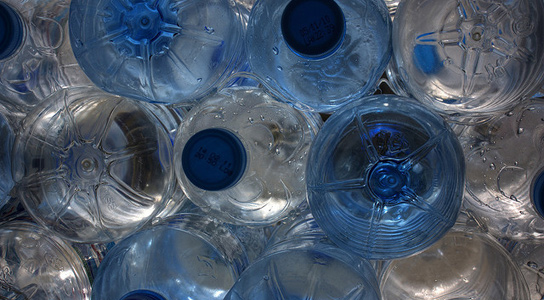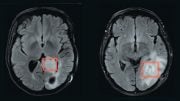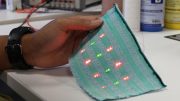
Handling water bottles is one way people are exposed to the endocrine disruptor BPA. Credit: Flickr/Klearchos Kapoutsis
The US EPA is initiating a new effort to see whether low doses of hormone-mimicking chemicals can harm human health and whether chemical testing should be changed.
According to the EPA, in response to a report published by 12 scientists last March, they will collaborate with other federal agencies to assess whether the traces of chemicals found in food, cosmetics, pesticides, and plastics can affect human development and reproduction. They will evaluate whether current testing is capturing effects linked to hormone mimics.
This effort was designed to meet immediate science-policy needs. There has been a longstanding disagreement in the scientific community whether exposure to substances that mimic or block estrogen, testosterone, and other hormones has any effect on human health.
Last March, a report concluded that even small doses can have big effects. Hundreds of studies on the effects of endocrine-disrupting chemicals were studied, and the report found that the evidence clearly indicates that low doses cannot be ignored.
The current strategy for testing chemicals is inadequate to protect people because hormone-like chemicals can have health effects at low doses that do not occur at high doses. Hormones cannot be tested like toxicants, state researchers. There is no safe dose when it comes to endocrine disruptors.
The EPA will work with scientists from the FDA, the NIH, and the National Institute of Child and Human Development. The EPA also announced that they will look at nanotechnology, and whether nanomaterials are harming human health or the environment.









Be the first to comment on "US EPA Will Try to Monitor Hormone-Like Substances"